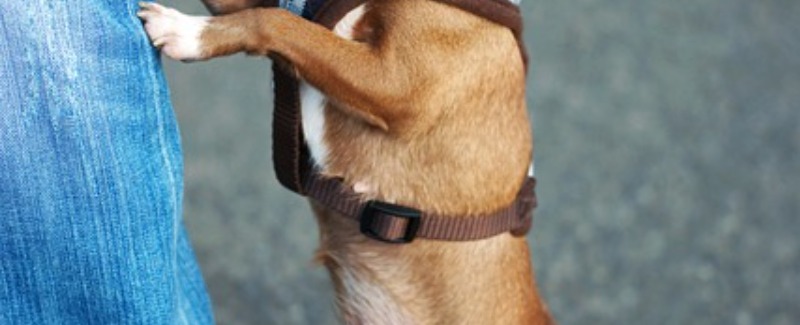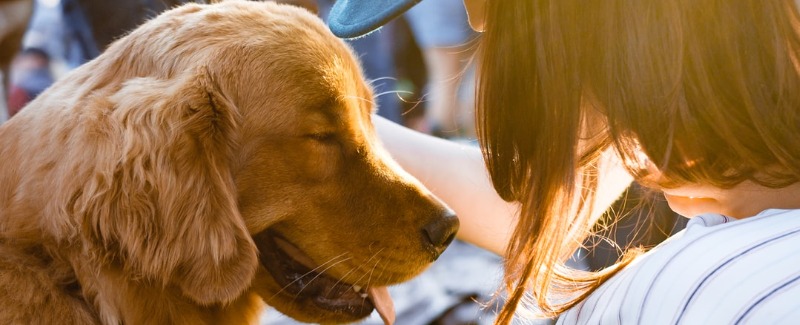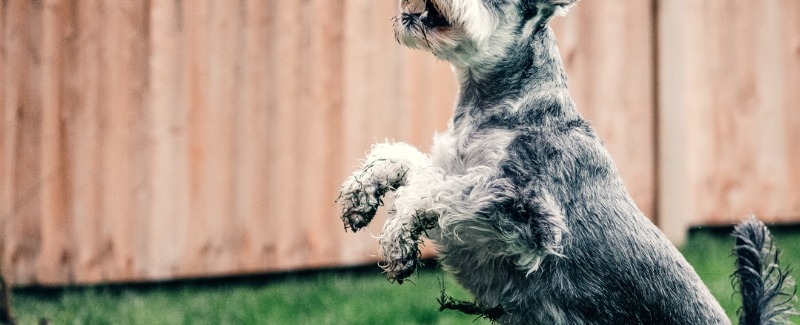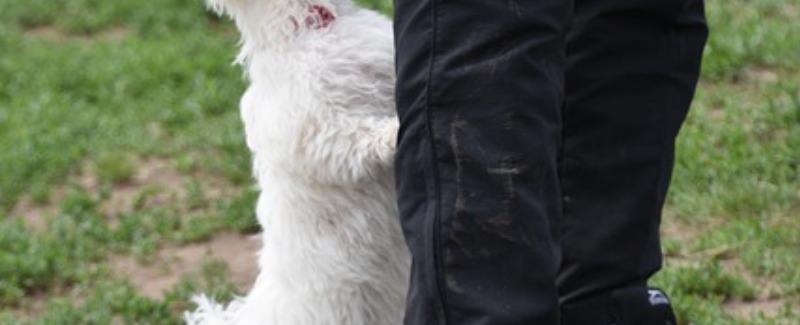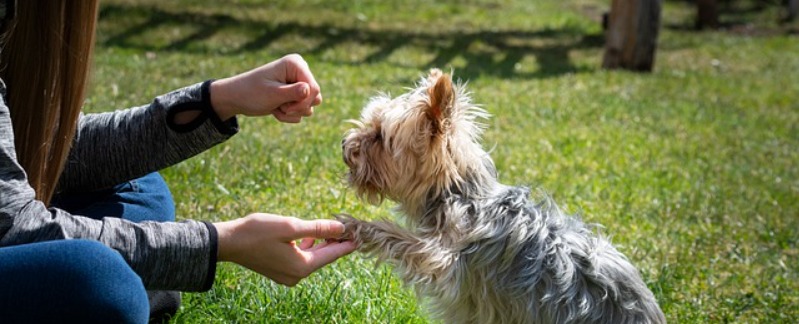Controlling and training your dog is relatively easy in comparison to trying to control and train the humans in the world. It’s particularly difficult when they seem determined to undermine your efforts to make sure your dog is a polite and well-behaved member of society.
“But I Don’t Mind”
Contents
You’ve seen them; they’re the people with muddy paw prints all over their clothes. When you protest about your dog jumping up on them, the likely response is, “It’s okay, I love dogs, I don’t mind.” That’s just fine, but this is your dog. If you mind, it’s your rules that have to be followed. You can either not let your dog interact with people who refuse to follow your rules, or you can try to convert them to your way of thinking.
A little creative fibbing often helps. Try telling the “But I don’t mind”-ers that your dog is in training to be a therapy dog or Canine Good Citizen, and that he’s not allowed to jump uninvited to pass those tests — who knows, maybe it’s even true (or will be someday).
You can also try getting these well-meaning but unhelpful individuals involved in the training process. Give them a couple of treats and let them lure your dog into a sit and reward your dog for maintaining the sit. You can unobtrusively step on the leash when your dog sits to prevent him from being successful if he has a lapse in judgment and tries to jump again.
Saboteurs
Saboteurs can be your biggest obstacles when it comes to teaching your dog not to jump on people. These are the people, often family members (teenage boys are most frequently the guilty parties), who deliberately encourage or reward jumping up. Their reasons vary, but it often comes down to “You’re mean,” because you won’t let your dog express his joy at seeing people, or you’re trying to “break his spirit,” or you don’t want him to have any fun. Of course, none of these are true, but try not to get involved in the argument.
As you learned in Chapter 5, a random schedule of reinforcement is the best way to keep a behavior strong, so if you have a saboteur that is rewarding your dog for jumping, even occasionally, it’s going to be almost impossible to eliminate the behavior.
Practice, Practice, Practice
Your dog has probably already had plenty of practice jumping up on people. Now it’s your job to make sure he practices not jumping enough to override all the practice he’s had, and all the reinforcement he’s gotten, from jumping up.
Dogs that learn proper greeting habits from the beginning may never consider jumping up. From the moment you get your dog, make sure she is not reinforced for having her feet on people, and that the only way she’ll get attention is by controlling herself, staying calm, and sitting (or whatever you want her to do instead of jumping).
Set Up Training Opportunities
Your dog’s new mutually exclusive behavior to replace his default behavior of jumping up won’t happen if you wait until you need it to work on it. You absolutely must set up training opportunities to get enough practice in for the new behavior to become the new habit. Have a jumping-up training party if you can, or at least invite (beg or bribe, do what you’ve gotta do!) a few people a week to come knock on the door for the specific purpose of training. Recruit anyone who happens to knock on the door to help. They don’t necessarily have to pet or interact directly with your dog, but maybe they’d be willing to wait patiently while you get your dog into a sit. Maybe they’d even be willing to knock again in a few minutes so you have another chance to work on it.
Seek out real-world training opportunities, too. Take your dog to a pet store, or to your town green or park, and ask anyone that wants to pet your dog help you reinforce the sit or down for greeting. Most people who want to pet your dog will be glad to help you. If they are unwilling or unable to help you, either step on your leash so your dog can’t jump, or don’t let your dog greet that person.

